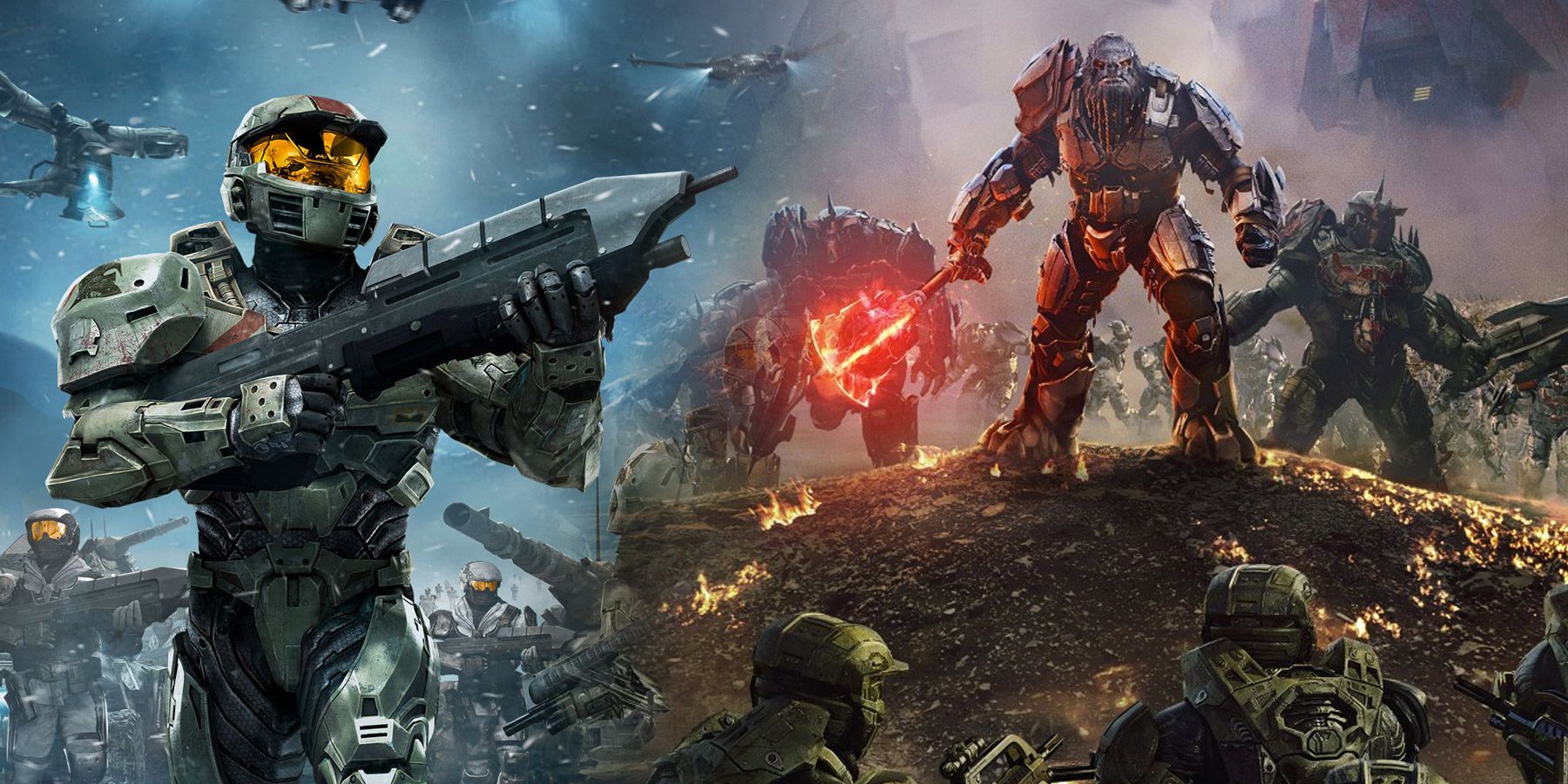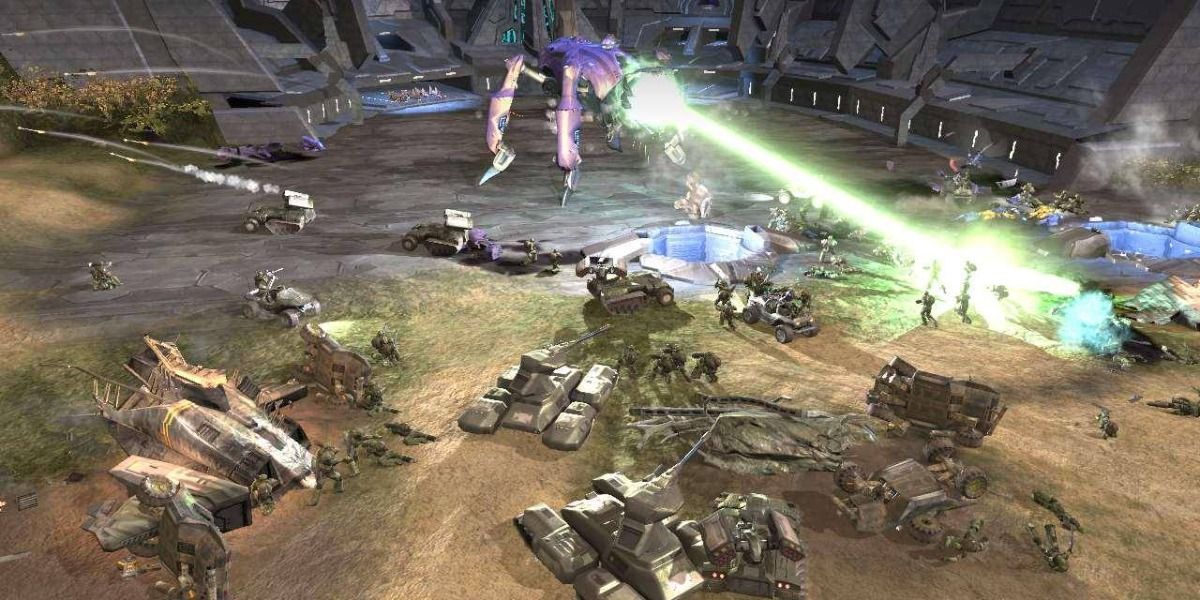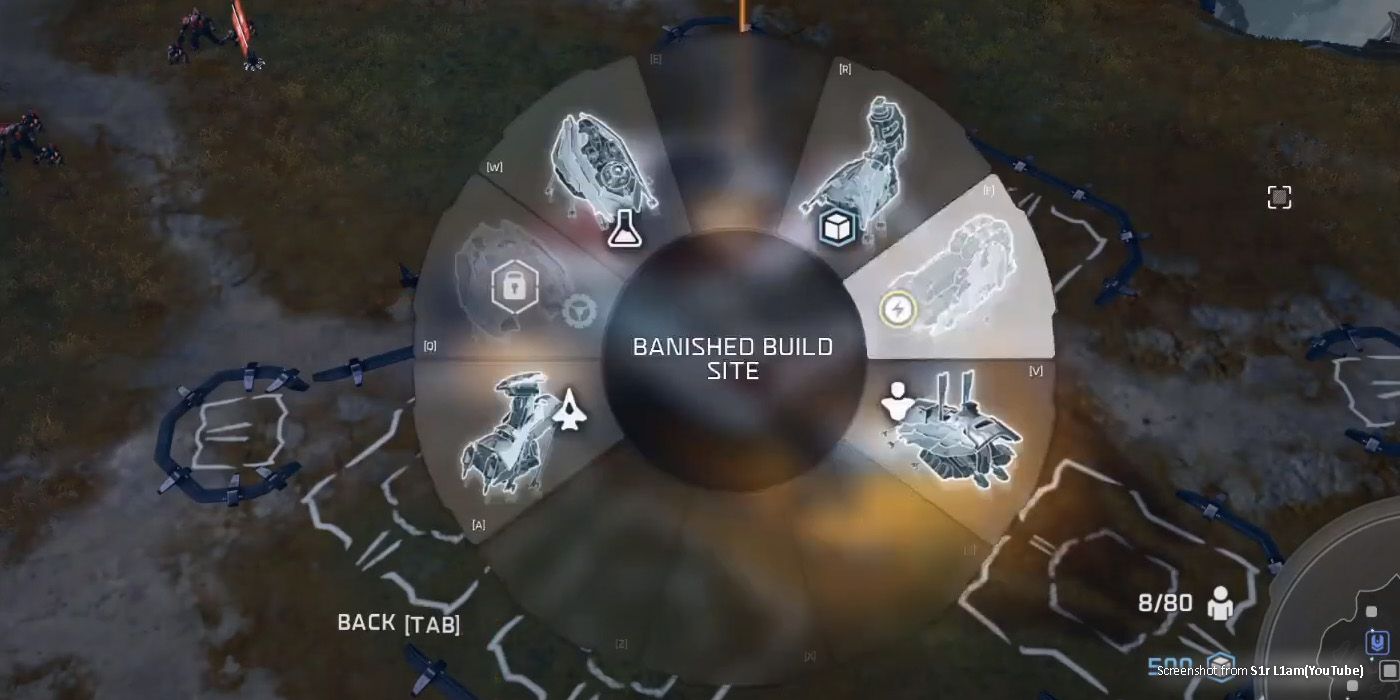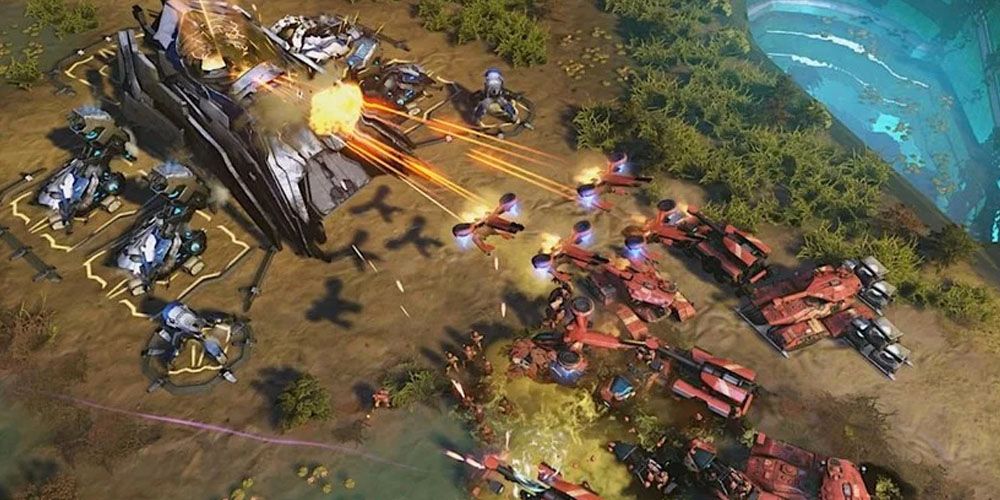While the Halo franchise has been going strong since 2001, it's mainly stuck to its first-person shooter roots. However, in 2009, the Halo franchise moved out of its comfort zone a little, bringing fans a new game from a different perspective. Halo Wars released in February 2009, bringing the series to the real-time strategy genre. The game was created by Ensemble Studios, the developer behind the legendary Age of Empires series.
With a legendary RTS team behind the game, and the entire Halo mythos to draw inspiration from, Halo Wars released to widespread critical acclaim, but that wasn't to say there weren't criticisms. While outlets praised Halo Wars' authenticity to the source material, and its surprisingly intuitive controls for a console RTS game, the limited unit capacity, the limited base construction mechanics, and the simplicity of the core gameplay were all largely cited as reasons why Halo Wars wasn't considered among the best RTS of the time. That simplicity which was criticized at launch actually makes it the perfect starting point for any players new to the RTS genre.
Halo Wars' Rock-Paper-Scissors Gameplay
Halo Wars' core gameplay relies on a fairly simple rock-paper-scissors mechanic. For each of the factions, UNSC and Covenant, each unit has a specific weakness. For example, the UNSC's air units can be easily countered with one of the Covenant's air units, and the Covenant's air units are weak to the UNSC's vehicles. This simple mechanic is true for all of the game's units. While each unit is strong against a particular type of enemy, they also have their own susceptibilities.
This teaches newcomers to the RTS genre the simple fundamentals of a real-time strategy game. Every RTS, from Age of Empires to Supreme Commander shares this same quality, it's just not often made explicit to players. In Halo Wars, every unit's weakness and strength is boldly exclaimed when the player hovers over their unit icon. Players are constantly reminded of this core RTS gameplay mechanic.
This often leads to matches where a player will scout out the enemy base, see that their opponent is building a specific type of unit, and will know to build units to counter that. This simple gameplay loop is then made a little more challenging when the opponent subverts expectations, and changes tack, instead deciding to build a different type of unit. This forces the player to think strategically, and build units that both counter the enemy's forces while also being able to deliver enough damage to wipe out the opponent's base.
Halo Wars' Minimal Tech Trees, Units and Resources
While Halo Wars' core gameplay loop is inherently very simple and easy to learn, the rest of the game's mechanics are just complex enough to allow plenty of room for experimentation, whilst also being limited enough to not be too overwhelming for newcomers to the RTS genre. The game's technology trees and upgrades are the perfect example of this.
In Halo Wars, players can take control of three Covenant or three UNSC leaders. While the units and upgrades in each faction are generally the same across the board, each leader has their own specific special units. The UNSC's special units are final, stronger upgrades to an already existing unit. For instance, Captain Cutter's special upgrade turns the fully upgraded marines into ODSTs, allowing them to jump in from orbit.
Each unit in Halo Wars can usually be upgraded a total of three times. These upgrades are kept separate from one another, meaning that if a player only intended one getting one type of unit, like Hunters, then they could just focus on getting the upgrades for that unit. This separation of upgrade and technology trees helps to keep the game manageable for newcomers.
Similarly, the way each faction levels up their overall tech tree is also fairly simple, with the Covenant just needing a certain amount of resources for the next Temple upgrade, and the UNSC just needing to build more Reactors. On this note, resources are extremely easy for a new player to wrap their head around. As opposed to Age of Empires' four separate resource types, Halo Wars has one.
Only one type of structure is needed to acquire units, so bases can quickly be kitted out for maximum production. Resources in Halo Wars are very easy to come by, and are used for every upgrade and unit purchase in the game. Streamlining the resources in the game makes it exceptionally easy to understand.
Halo Wars' limited number of units and unit capacity also helps to keep the game approachable for RTS beginners. Regardless of faction or leader, each player has three main types of unit: air, vehicle, infantry. Of these categories, usually only three types of units are available. For example, on the Covenant side, their three ground units are Jackals, Hunters, and Grunt Squads, and the UNSC equivalents are the Flamethrowers, Spartans, and Marines.
Although some special units, like the Covenant's Scarab super-unit, do exist, each category of unit is generally restricted to just three types. The unit cap is also quite low in Halo Wars, with only an army of around 30 being allowed, even with maximum upgrades. While some have criticized the game over this, it helps to keep new players on top of what they're producing and why.
A Visual Upgrade, with Some Even Simpler Mechanics
In 2017, a sequel finally released. This time, the game was created by Creative Assembly, the developers behind the phenomenal Total War series of strategy games. With the developer's pedigree being more in the 4X strategy market, many fans wondered what changes it'd make to the Halo Wars structure.
It turns out Halo Wars 2 is essentially just another Halo Wars game, which many saw as disappointing, but some long-time fans found to be a welcome relief. The general simplistic gameplay loop was the same, keeping the rock-paper-scissors mechanic, and even emphasizing this more with faster build times and less resources required to make larger armies. In this sequel, players are encouraged to get into many tiny skirmishes, as opposed to one big final fight like in the original game. This emphasizes the need to be prepared, and focus on countering an opponent's units in the right way.
Creative Assembly also stripped away some upgrades for certain unit types, making it even more simplistic in some aspects. But it did add in a Leader Wheel mechanics, whereby players earn Leader Points throughout a match, and can unlock both passive and active powers that can assist them during the match, such as temporary healing buffs or glassing beams that damage a specific area.
So, in a few regards, Halo Wars 2 is actually the more simplistic game of the two, and may be the place to start for any newcomer to the RTS genre. Even the introduction of another resource doesn't really change the inherent simplicity of the combat and strategy of Halo Wars.




